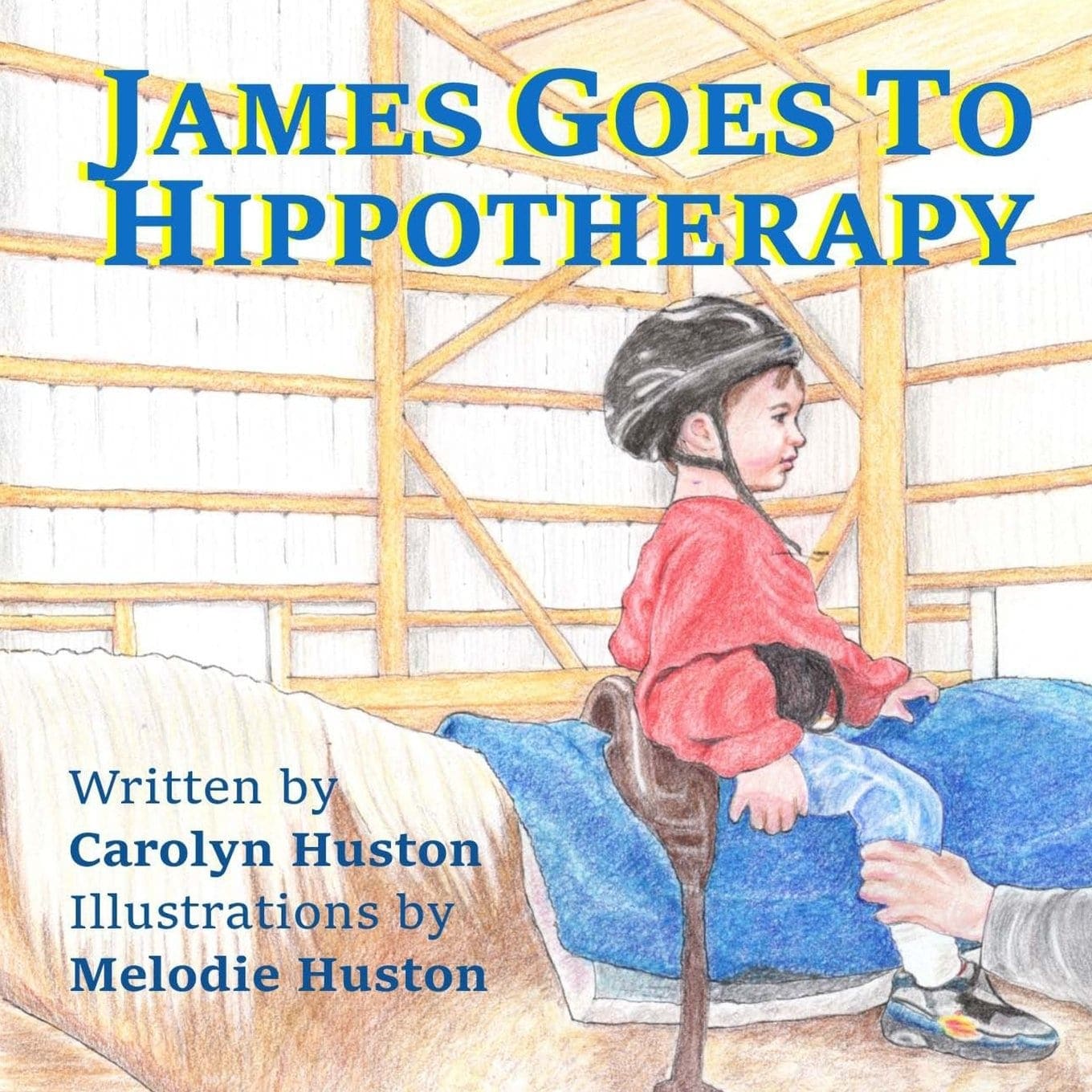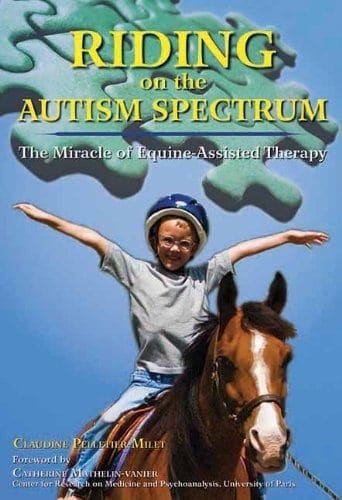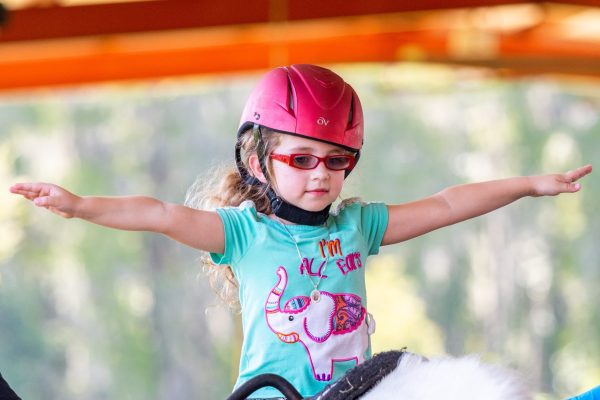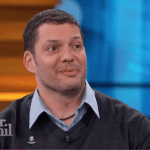Quantum offers physical and speech therapy using the horse’s movement to strengthen core, balance, focus and support the systems that impact speech, language, social communication, cognition and swallowing.
About Hippotherapy
Hippotherapy refers to the inclusion of purposefully manipulated equine movement in an occupational, physical or speech therapy session for the purpose of:
- Engaging sensory, neuromotor and cognitive systems to promote functional outcomes.
- Increasing client motivation, engagement and participation in treatment.
- Provide graded and rhythmic input to support the systems that impact the 5 main areas that SLP’s treat (speech, language, social communication, cognition and feeding/swallowing.
- Goals do not involve horsemanship, but rather focus on functional outcomes of participants.

Things to know:
- Your child should wear loose, comfortable clothing and closed-toed shoes if possible. Wearing a helmet is mandatory in all mounted sessions so we will review if child is able to tolerate the helmet.
- During the initial visit, the therapist will review your child’s health history (including medical history, past surgeries and other details) and any functional limitations your child is facing
- Initial intake may involve additional testing and assessments such as range of motion, endurance, trunk balance and coordination, etc.
- The therapist will then conduct an individualized plan of care, share their observations about your child’s abilities and needs, and/or recommend a course of action, which could include additional therapy sessions, exercises to do at home and other interventions


Before you visit:
You’ll need a referral from your provider (physician, physician assistant or advanced practice nurse) before scheduling your child’s PT or ST appointment.
- After receiving the referral, a representative from PT/SLP will contact you by phone to schedule the appointment.
- If your child has been evaluated by an PT or ST at another institution, our team will want to review the current or previous plan of care. You can bring the report with you, or we can request it from the additional therapist.

What to expect during sessions:
- In your 30 minute session, the therapist may initiate the session with an activity off of the horse to help gauge status of the child before proceeding with the equine movement while mounted on the horse
- Depending on child’s tolerance of the equine movement, the therapist may incorporate various positions such as riding rear facing, lying back or on belly, sideways sitting to assist your child’s physical or sensory needs.
- Adaptive equipment may also be utilized during the equine movement to assist gross motor control and activity tolerance throughout the ride.
- The therapist may also incorporate additional activities while on horseback to help promote additional functional outcomes.
“What I see borders on the miraculous because of the way a horse reaches to the heart of somebody, like no therapy ball ever could.”
– Miriam Burk
Did you know?
The average horse walks at a rate of approximately 100 steps per minute. Just 5 minutes on a walking horse represents 500 neuro motor inputs to the patient. In a typical therapy session, 15 to 25 minutes of equine movement may be incorporated by the treating therapist – which represents 1500 to 2500 neuromotor inputs to the patient.
Meet our Therapists

Lisa Messina, MS, CCC-SLP

Beth Palubin, PT, DPT
Interested in our new Leap In program?

When Rylie was born, she had a stroke in-utero. She was born prematurely, which resulted in her having cerebral palsy. A dreamer and a fighter, Rylie’s goal was to be able to walk by the time she went to school. This is her story.
Mattie is a playful girl with a sense of humor. She was born prematurely on Good Friday and now lives with cerebral palsy. She rides weekly at Quantum Leap Farm with Miss Alexis and Idaho. This is her story.












